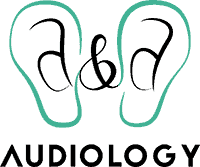Services
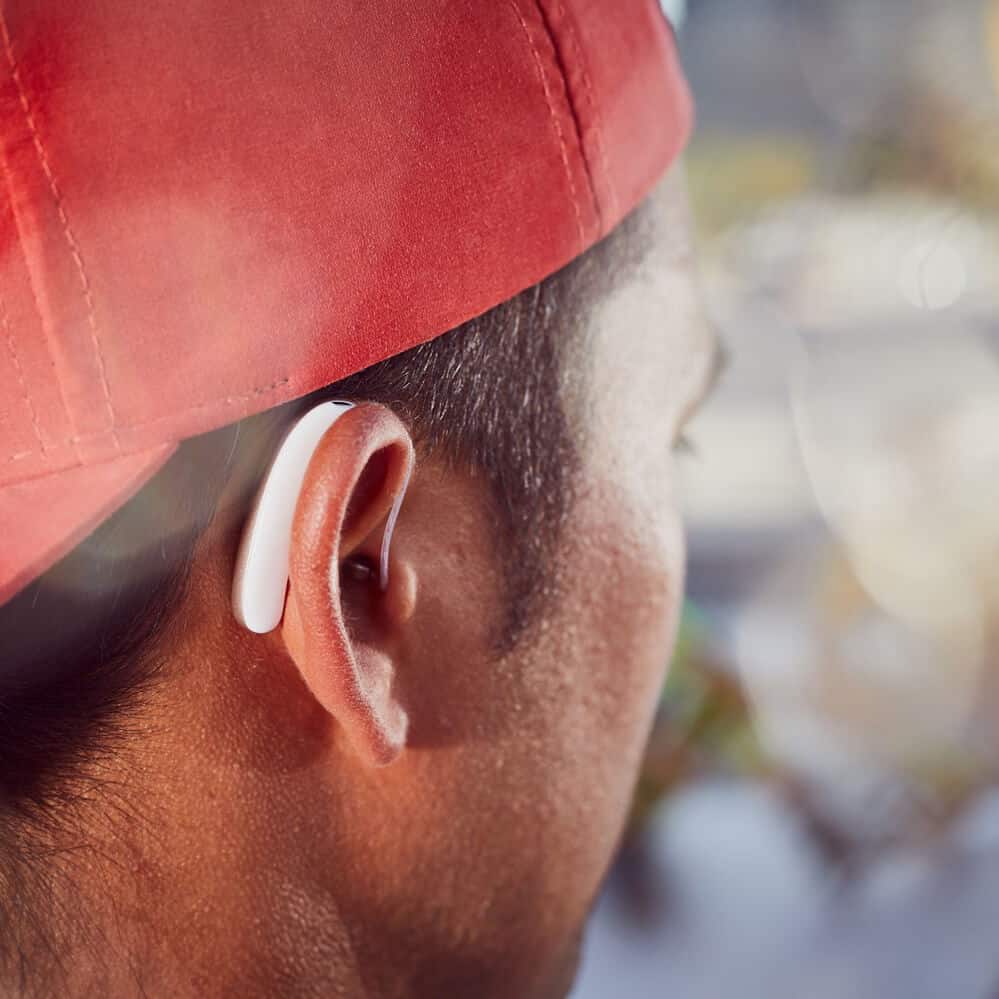
Hearing Evaluation and Fitting
A&A Audiology offers a full range of hearing aid services, including comprehensive fitting and follow-up care. Our unique pricing structure features itemized pricing, so you can see exactly what you are paying for. Each hearing aid comes with a 2-3 year repair warranty, a one-time loss and damage guarantee, and a 30-day adjustment period. During the adjustment period, you can return your hearing aids for a full refund, minus the professional service fees for the audiological evaluation, communication needs assessment, and fitting
Five Elements of a Properly Fitted Hearing Aid
Scheduling
A&A Audiology is located in Scottsdale, AZ. To schedule an appointment, please contact the clinic.
Additional Resources
Hearing Aid Related Services
A&A Audiology offers a full range of hearing aid services, including repair, reprogramming, and maintenance. We can service any make or model of hearing aid, regardless of where it was originally fitted. Walk-in hours are available on selected days, but we recommend calling ahead to let us know you are coming. Our skilled hearing aid technician will be happy to help you with your hearing aid needs.
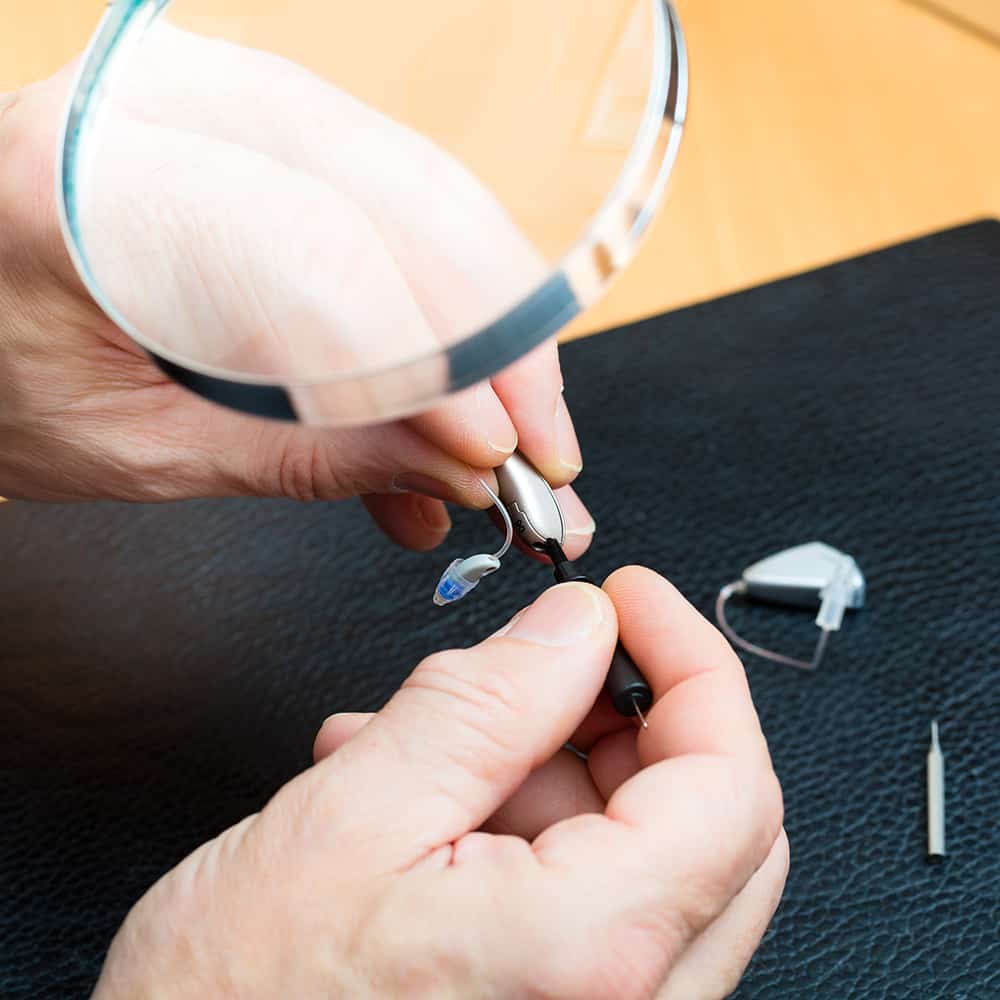
Hearing Aid Repair and Modification Laboratory
Sophisticated electroacoustic analysis equipment is used to objectively assess the current functioning, appropriateness of the fitting, and need for service of your hearing aid. Minor in-office repairs, modifications to electroacoustic settings, or physical modifications can be done to improve hearing aid satisfaction. In-warranty or out-of-warranty manufacturer repairs are also available as needed.
Custom Earmolds for Hearing Aids
A custom earmold is an essential part of behind-the-ear hearing aid fitting. Our audiologists will carefully select the earmold style and material to ensure a comfortable and effective sound transmission to your ear.
Custom Specialty Molds for Recreation
Custom ear protection is available for a variety of activities, including showering, swimming, piloting, using telephone headsets, and listening to iPods. Our audiologists can create custom earmolds that fit your ears perfectly and provide the best possible sound protection.
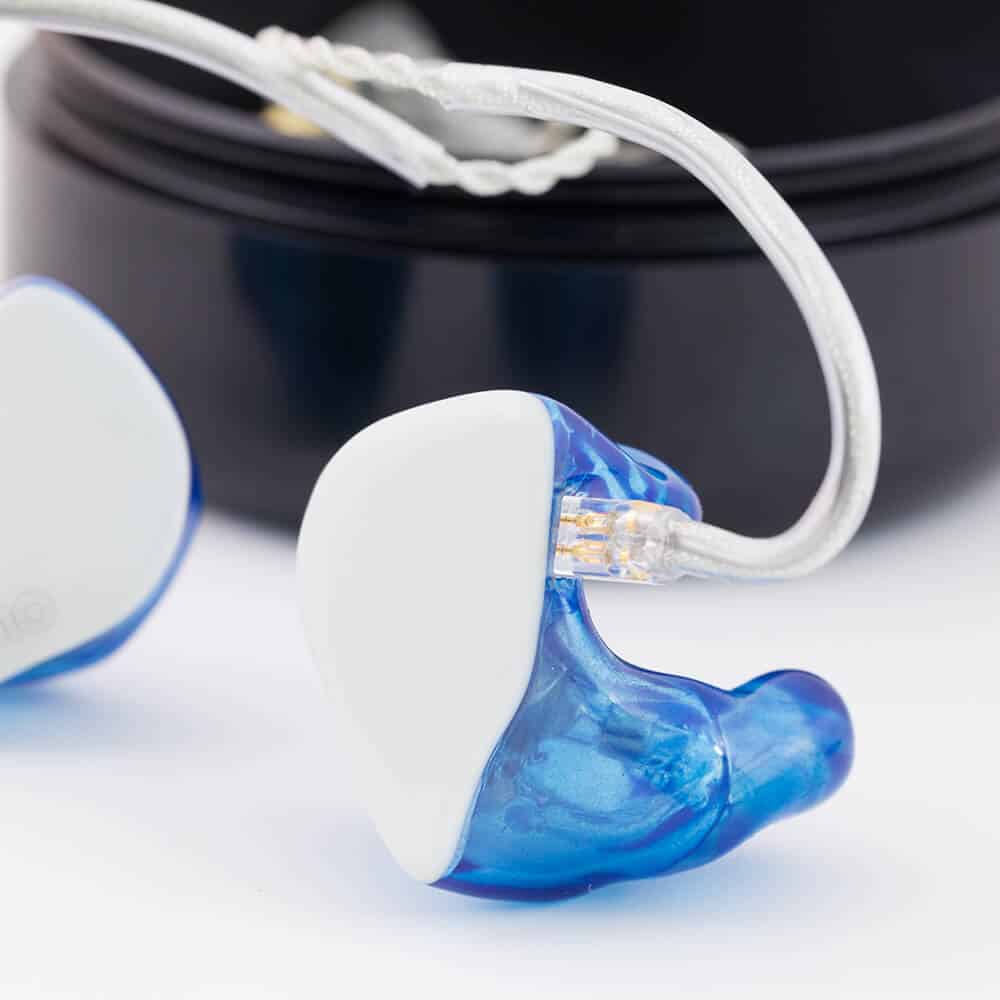

Musician Earplugs and other Custom Hearing Protection Devices
A&A Audiology offers custom-fitted ear protection for a variety of high-noise environments. Our ear protection is used by pilots, coaches, construction and factory workers, dentists, athletes, hunters/shooters, race car drivers, nightclub staff, musicians, and anyone else who wants to protect their hearing.
Hearing Aid Accessories
A variety of hearing aid accessories are available for sale in the Hearing Clinic, including dri-aid kits, tubing blowers, cleaning accessories, earmold tubing, and hearing aid batteries. If you would like to have batteries mailed to you, please contact us.
Additional Resources
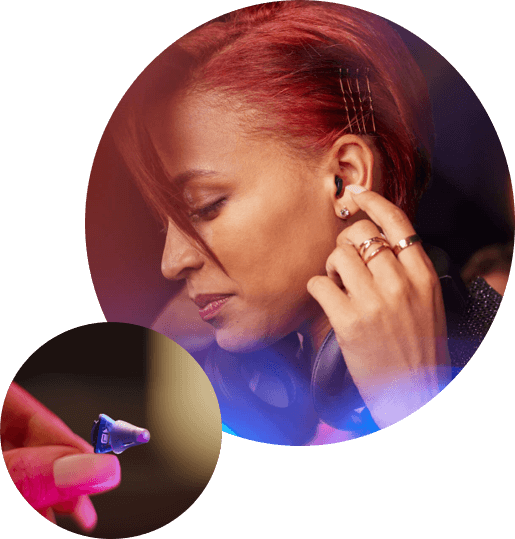
Audiological Assessments
A&A Audiology is a center of excellence specializing in comprehensive diagnostic evaluations for adults and children. A thorough diagnostic audiological evaluation is the first step if you suspect a hearing problem and essential before commencing habilitation. A comprehensive audiological evaluation at the A&A Audiology Clinic routinely includes otoscopy, air and bone conduction pure tone audiometry, full immittance testing to determine middle ear status, otoacoustic emissions (OAE), and thorough speech recognition measures, including speech-in-noise testing and/or screening for central involvement, to evaluate the presence, extent and nature of hearing loss.
Evaluation of hearing can take place at any age. Special testing techniques and tests are used to assess the hearing ability in a very young child. Following the testing, your audiologist will present the results of the testing and answer any questions you may have. The audiologist will also give you recommendations based on the evaluation. If the audiologist recommends hearing aids or other assistive device, he/she will recommend that you return for a hearing aid evaluation appointment.
Immittance Audiometry
Acoustic immittance measures provide diagnostic information regarding middle ear functioning and the integrity of the acoustic reflex pathway. Advanced measures such as Multifrequency tympanometry and absorbance/reflectance measures are performed as necessary to increase the diagnostic information regarding the status of the middle ear.
Otoacoustic Emmissions
Measurements of otoacoustic emissions assess the function of the outer hair cells in the cochlea and are a key test in differentiating between cochlear and purely retrocochlear disorder. This objective test can help to determine if normal cochlear function exists even in difficult-to-test populations.
Auditory Processing Disorder Assessment

What is an Auditory Processing Disorder?
Despite normal peripheral hearing sensitivity and intelligence, children and adults with auditory processing disorder (APD) have an inability or decreased ability to attend, discriminate, recognize or comprehend auditory information. Individuals with APD also have difficulty understanding speech in the presence of background noise, and following spoken instructions. Children with an auditory processing disorder often behave as if they have a hearing loss, and parents and teachers often complain that the child is ignoring them or not paying attention. When concerns exist, an APD evaluation can help to determine if there are medical aspects of the disorder that require treatment, to promote appropriate educational planning and to implement interventions such as environmental modifications, management strategies, auditory training, and/or FM assistive listening devices as necessary. Prerequisites for an APD evaluation include normal hearing sensitivity, normal cognitive abilities and a minimum age of nine years.
What is an APD evaluation?
During the APD evaluation, a battery of tests designed to assess auditory processing abilities is administered to evaluate, diagnose and formulate intervention strategies for persons suspected of having auditory processing disorders. The specific tests selected depend on the age of the child, the referring complaint, test reliability and validity, and the specific auditory process assessed by each test. If an audiological evaluation to confirm normal hearing sensitivity has not previously been done, a peripheral audiologic evaluation including acoustic reflex testing, otoacoustic emissions and speech-in-noise testing will be completed prior to the tests of central auditory processing. An integral component of the APD assessment includes a thorough case history and observational checklists to be completed by the parent and classroom teacher. The entire APD assessment takes approximately two hours, depending on the client's age and needs. Once testing is completed, a report detailing the results, interpretation of results and recommendations will be provided.
Our goal is to provide a multidisciplinary approach to evaluating and managing auditory processing disorders. Therefore, a language assessment is recommended through our Speech-Language Clinic as part of our Language, Listening and Learning Program.
Tests from the following behavioral categories are included in the APD evaluation:
A&A HEARING AND BALANCE CLINIC IS LOCATED IN SCOTTSDALE, AZ. TO SCHEDULE AN APPOINTMENT, CLICK HERE
Additional Resources
Diagnostic Services
Comprehensive Pediatric and Adult Audiological Assessment
A comprehensive audiological assessment is performed to determine the presence, type, configuration and severity of hearing impairment. In addition to routine audiometry, special testing is conducted such as immittance, otoacoustic emissions and speech-in-noise testing to provide recommendations as needed for medical intervention, further evaluation and/or avenues available to improve communication such as hearing aids or cochlear implants.
Vestibular Assessment
Vestibular services include a comprehensive battery of tests that are designed to evaluate a patient's balance system. Electronystagmography and videonystagmography are used to record and analyze eye movements that help us determine how well the balance system is working. Recordings of those eye movements will be made with electrodes taped around the eyes or by infrared goggles.
Electrophysiological Assessments
Our electrophysiology lab provides a variety of specialized diagnostic testing including electrocochleography, auditory brainstem response, middle latency response, late latency response, auditory steady-state response, stacked auditory brainstem response and vestibular-evoked myogenic potentials.
Auditory Processing Disorder Assessments
Auditory Processing Disorder assessments are available for children (seven years or older) and adults who may have an impaired ability to attend, discriminate, recognize or comprehend auditory information. Audiology-based assessments are combined with language assessments to gain a complete picture of auditory processing as part of our Language, Listening and Learning Program.

Vestibular Assessment
Dizziness is one of the most common complaints people bring to their primary care physician. It is a problem that can affect individuals of any age, but it is more of an issue for older adults. We offer a comprehensive battery of tests that are designed to evaluate a patient's balance system. We begin by obtaining a thorough case history that includes a detailed description of the specific balance problems. Videonystagmography procedures are then used to record and analyze eye movements and help determine how well the balance system is working. This new state-of-the-art, computer-based instrument is used to assist in the diagnosis and treatment planning for the patient's balance disorder.
Case History
The word "dizzy" can mean different things to different people. It can mean "light-headedness," or a "floating" sensation and it can also mean a merry-go-round type of "spinning" feeling also known as vertigo. As part of our case history, we define the type of problem and then discuss severity, and when, where and how often the problem occurs. We will ask about your individual lifestyle and medical history that will help us to better understand your specific problem.
Videonystagmography
These tests are designed to examine the cause of the dizziness. Depending upon the patient, either electronystagmography (ENG) or videonystagmography (VNG) will be chosen. ENG uses several electrodes which are taped around the eyes while VNG utilizes infrared video goggles to detect and record very small eye movements. These movements are recorded in response to changes in head position, watching moving objects move across the visual field, sudden movement of the body or head as well as stimulation of the ear canal with warm or cool water or air.
Scheduling
To schedule an appointment, please contact the Clinic.
Additional Resources
Electrophysiological Assessments
Electrophysiological measures, such as those procedures listed below, play an important role in the assessment of hearing in difficult to test populations, such as very young children, as well as in the differential diagnosis of cochlear versus retrocochlear disorders. These tests are considered objective in that a behavioral response is not required of the patient. Auditory evoked potentials are very small electrical voltage potentials originating from the brain. They are usually recorded from the scalp in response to an auditory stimulus (i.e., clicks, tones, speech sounds, etc.). Evoked potentials are typically recorded using small disk-like self-adhesive electrodes which are stuck on the head and face. The electrodes do not hurt, and they come off easily after completion of testing. A typical recording requires the placement of three or four electrodes. These tests require the use of highly sensitive amplifiers and computer averaging equipment.
Electrophysiological services available at A&A Audiology
Scheduling
To schedule an appointment, please contact the Clinic.
Additional Resources
Have Questions?
Get in touch with us today to get answers to questions or schedule an appointment.
